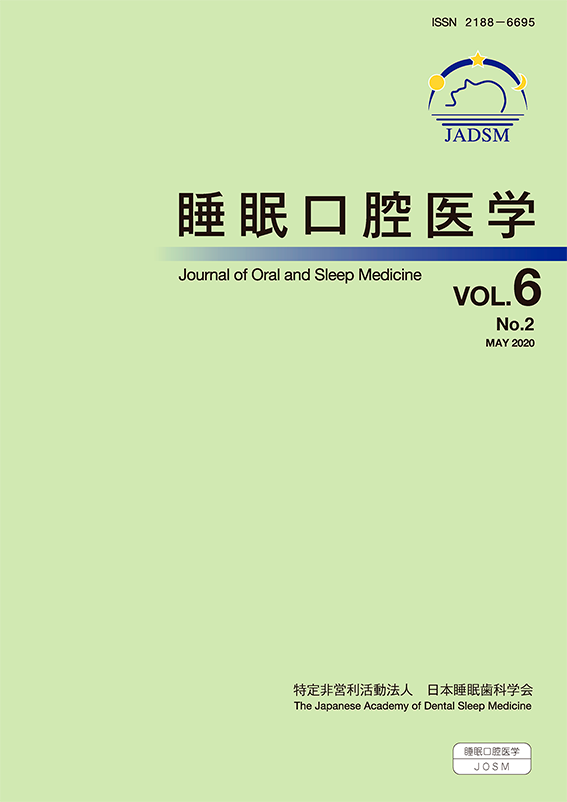Objectives : In this explanatory article, we describe some disorders of the teeth and the stomatognathic system that are considered to be caused by bruxism. We also explain the methods for coping with these conditions based on previous evidence-based research, our clinical experience, and the results of our quantitative research on bruxism.
Methods: Sleep and awake bruxism were recorded and analyzed quantitatively with GrindCare
®. Recorded Rhythmic Masticatory Muscle Activity (RMMA) was compared with subjective evaluation and the clinical signs of bruxism.
Results and conclusions: Several systematic reviews have suggested a potential relationship between bruxism and temporomandibular disorders (TMD), but the reliability is not enough to prove the existence of a direct relationship.
Our quantitative research on bruxism showed an inconsistency between the subjective evaluation of the patient and the objective evaluation of the device. We also found that sleep bruxism increased in many subjects even if their subjective evaluation showed awake bruxism. Moreover, an examination of the relationship among each evaluation factor showed that sleep bruxism increased clinical signs such as tooth wear, but decreased masticatory muscle tenderness. These results do not support the hypothesis that increased sleep bruxism leads to TMD.
There are two methods to cope with bruxism: 1) active control, i.e., reducing bruxism directly; and 2) passive control, i.e., enduring bruxism by constructing a suitable occlusion to counter it. We believe that a combination of these two methods is necessary to prevent the onset of any stomatognathic disorder caused by bruxism. However, because the relationship between bruxism and specific stomatognathic disorders is not clear, the most effective way has not been established. Therefore, further continuous research on bruxism is needed to clarify this topic.
View full abstract
